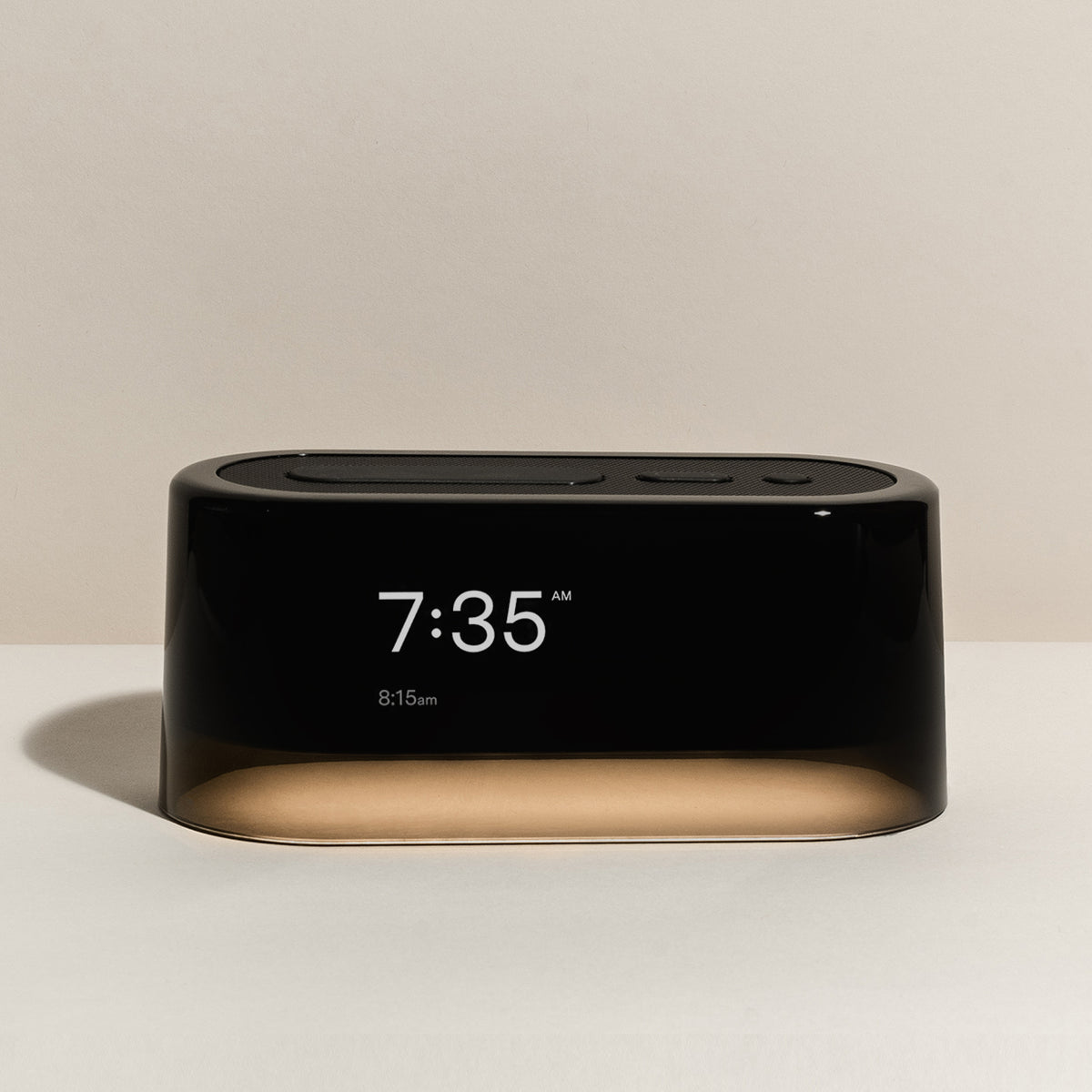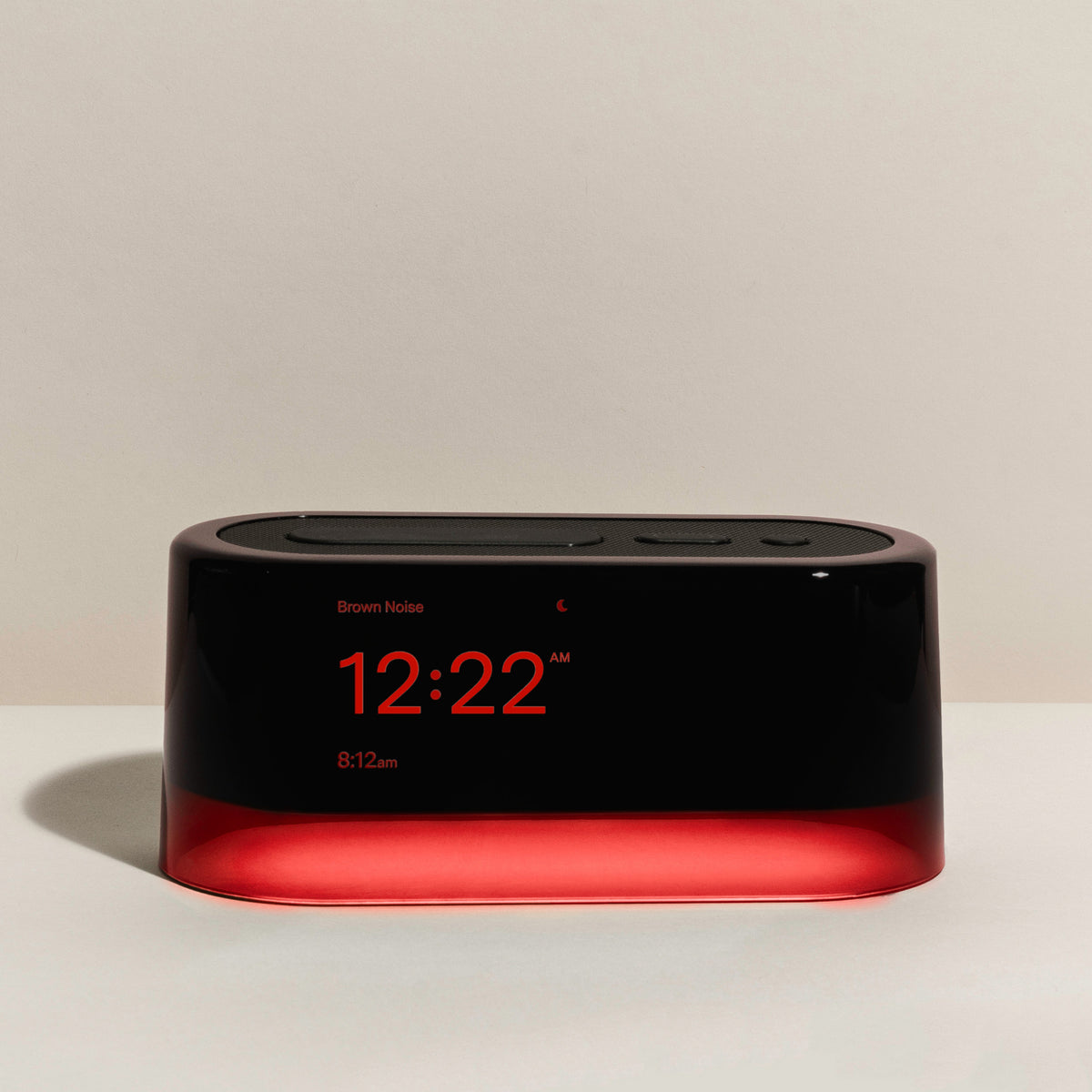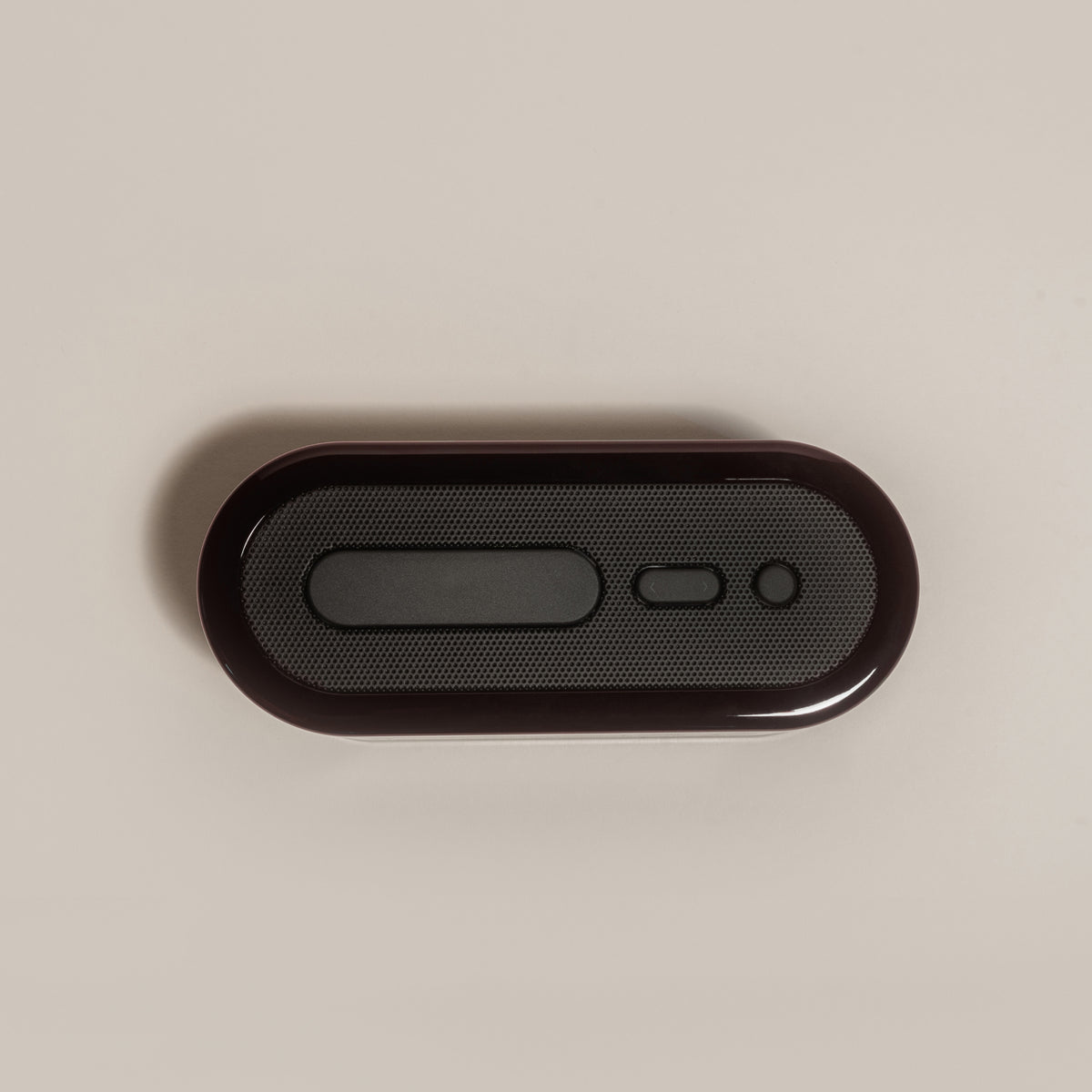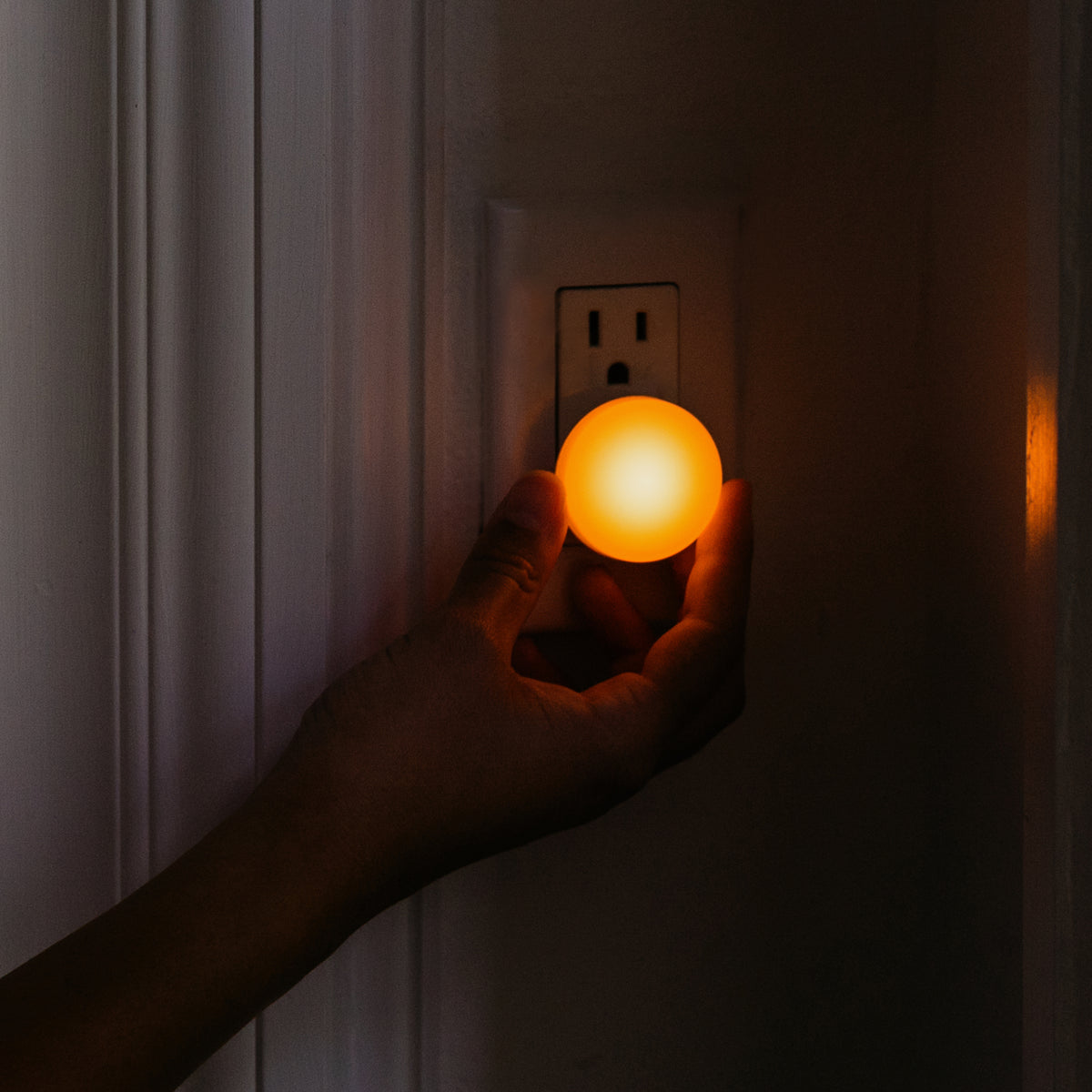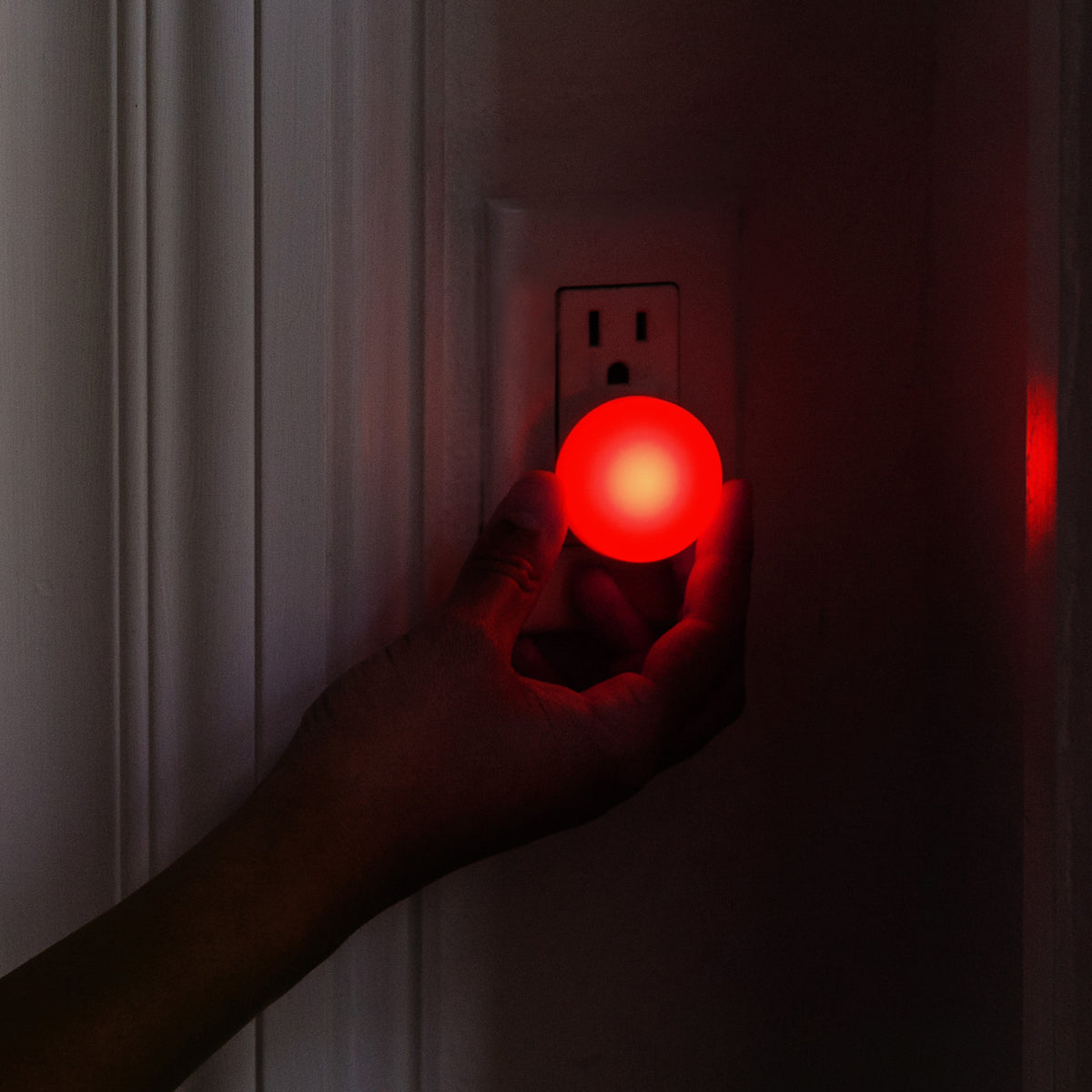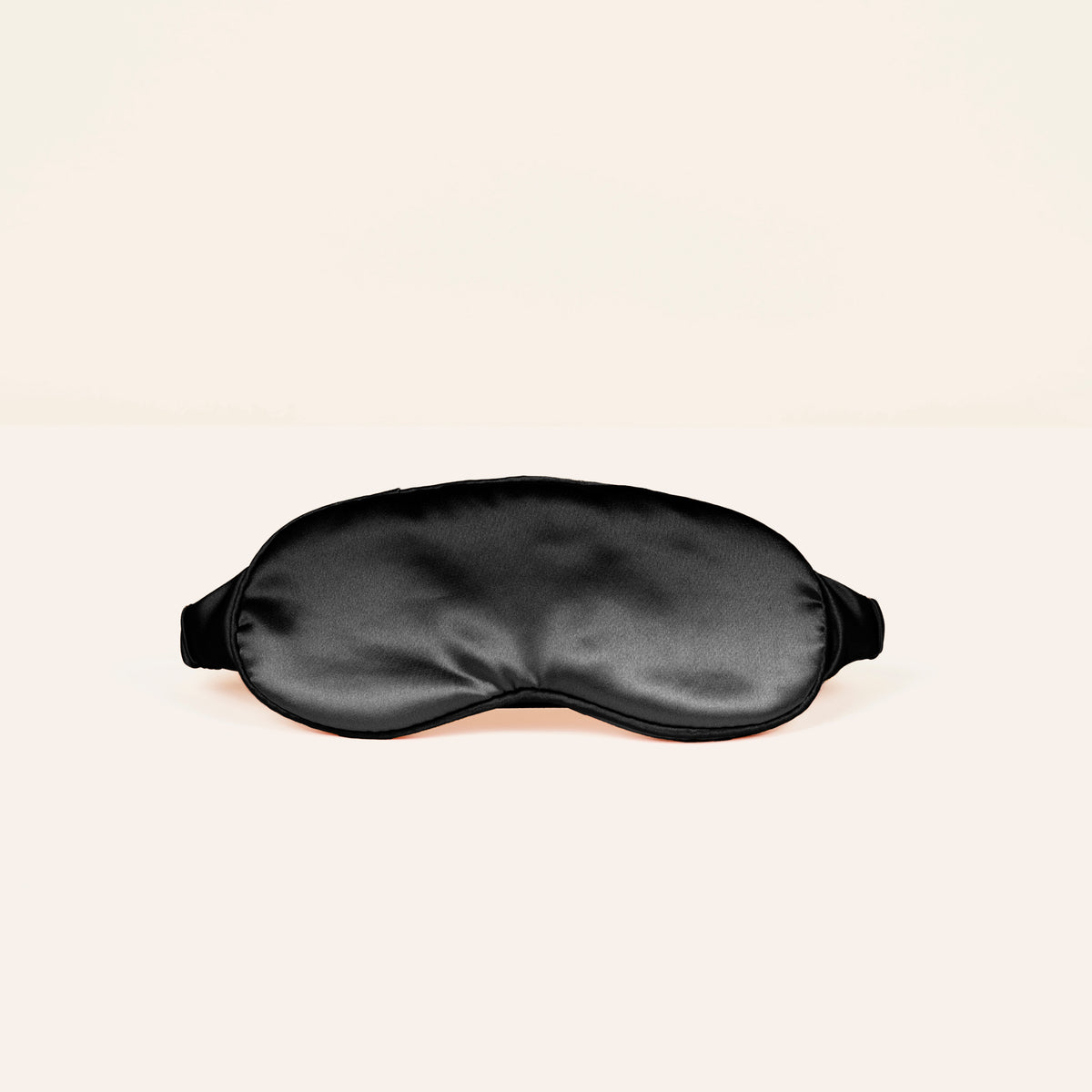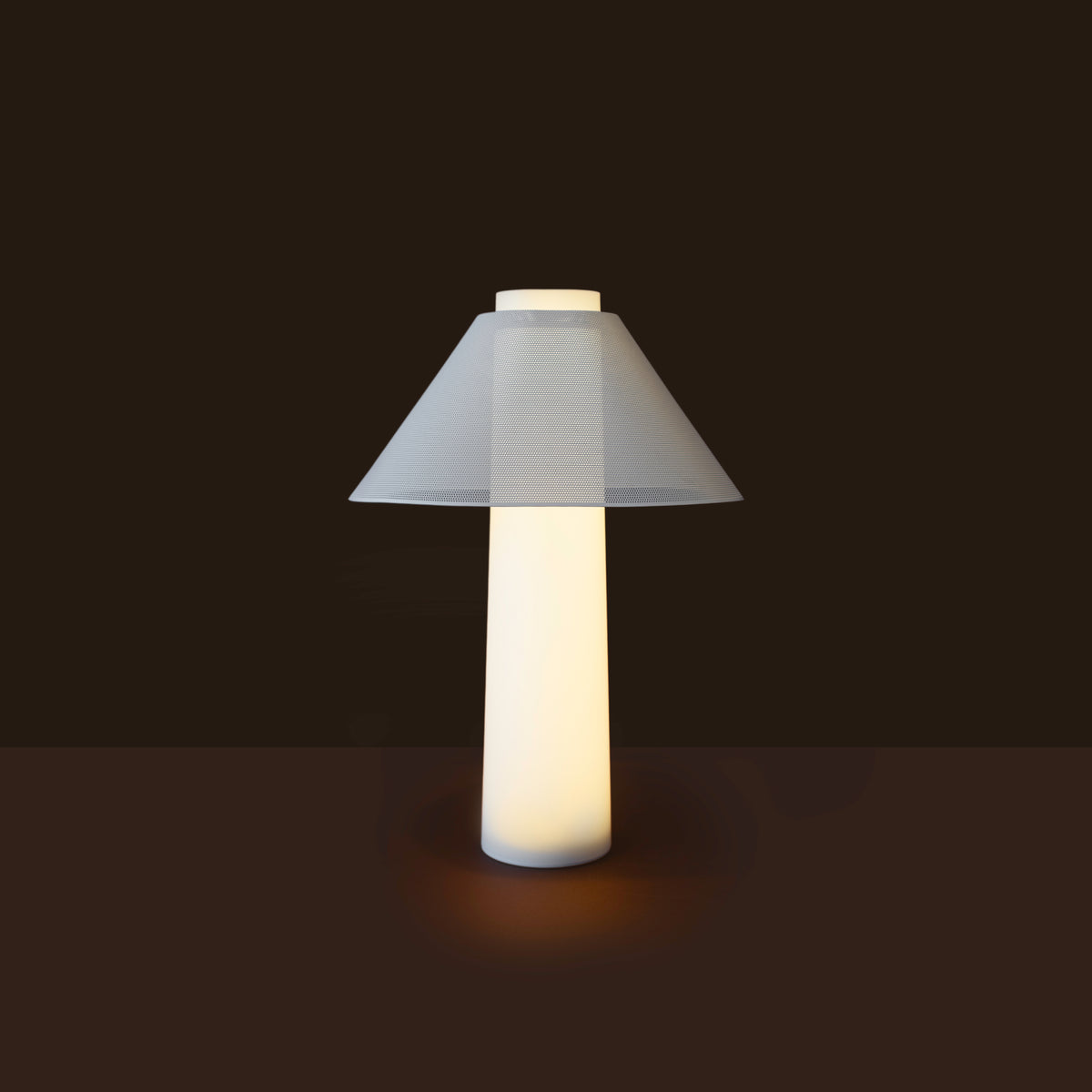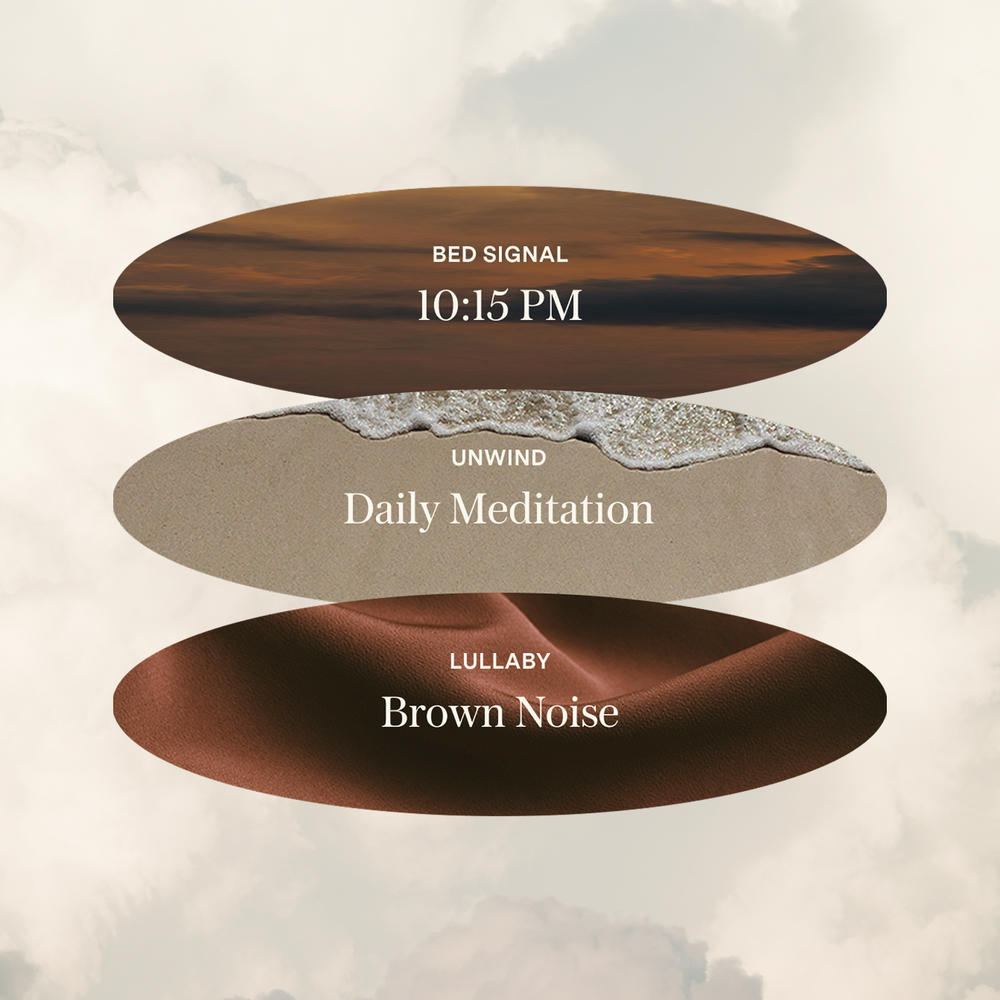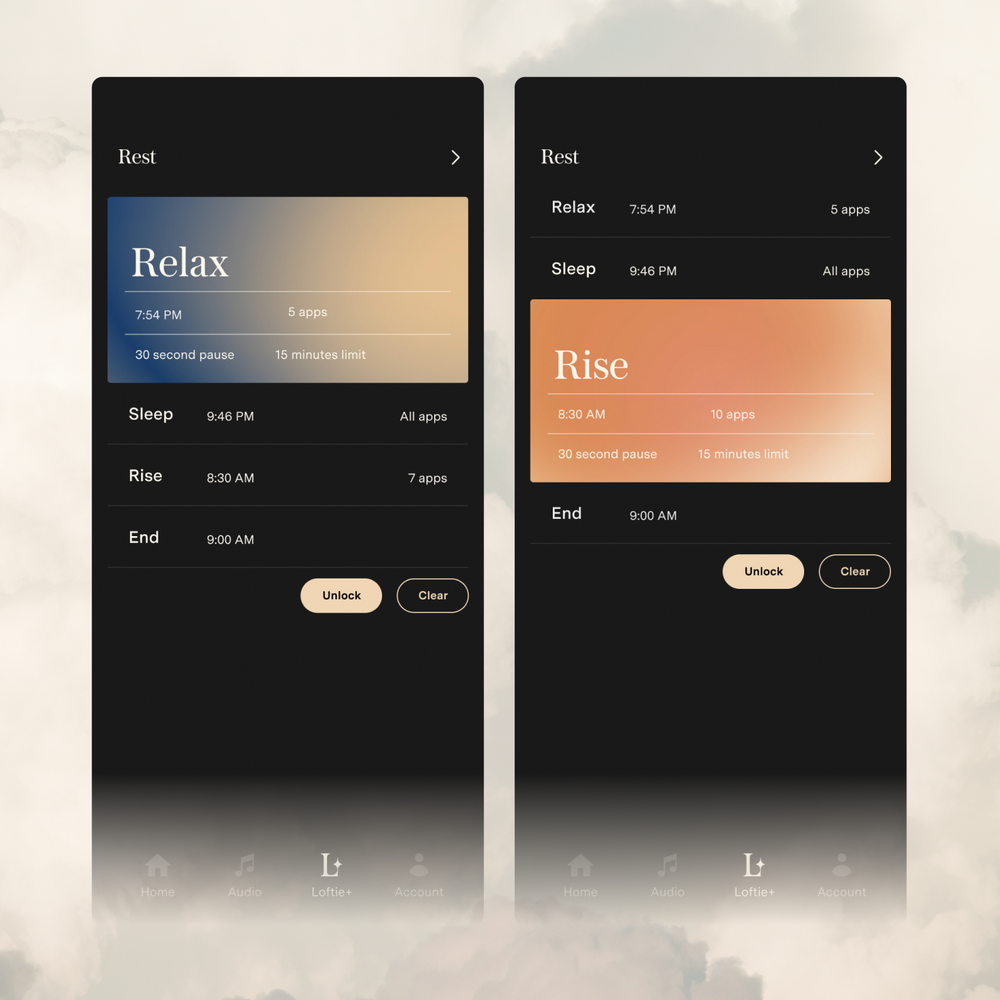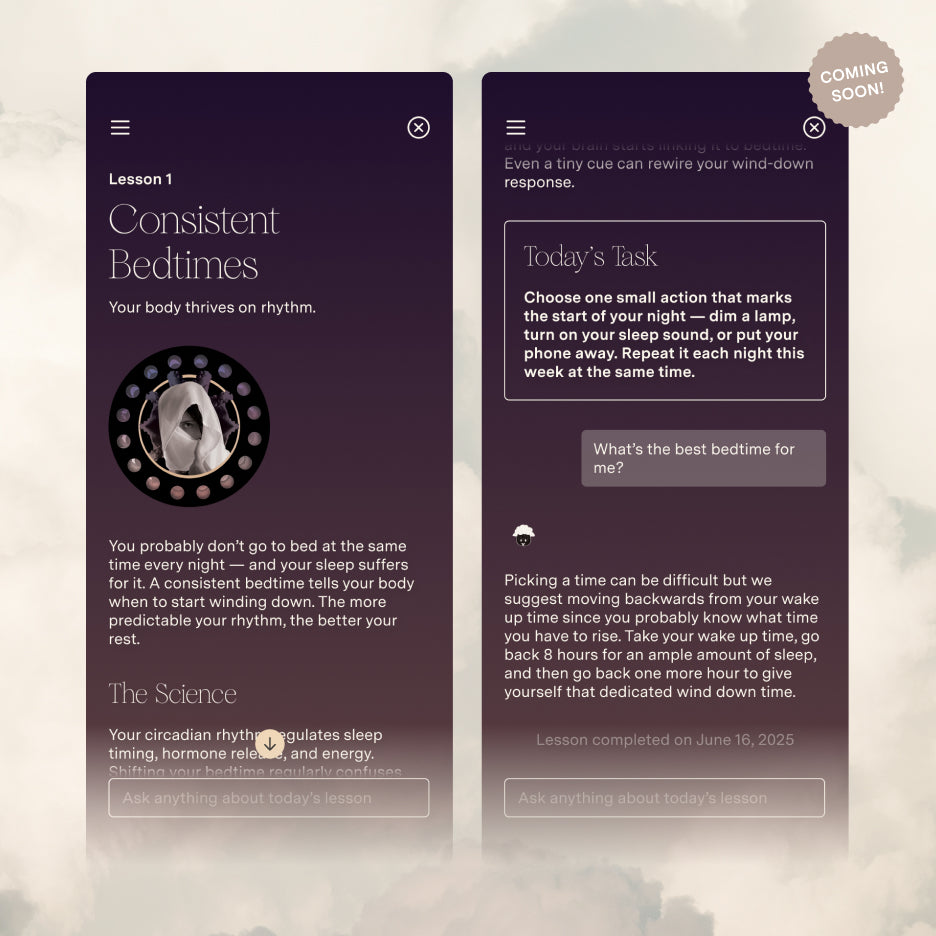Do you believe in power naps? According to updated research, you should. Over one-third of adults in the US believe in the restorative powers of the nap, so perhaps it’s not a bad idea to join them.
With so much emphasis on short, uninterrupted rest, napping has been studied extensively over the past decade. Revere Health shared that “(Naps) can help restore alertness, enhance performance and reduce mistakes. A NASA study on sleepy military pilots found that a 40-minute nap improved performance by 34 percent and alertness by 100 percent.”
Is there a science to perfection? In that same NASA study that is still cited to this day, they found the optimal time for a nap or short break was 26 minutes. According to research, NASA found that shortened shut-eye could reduce stress and raise productivity by a third. Digging deeper, their research supported the benefits of napping—both on the job and off.
The Sleep Foundation shared that there were five different kinds of naps and each of these types has unique benefits. Not only are the types of naps important, but the Foundation also found that the amount of sleep in each nap is what mattered most.
“Researchers found that five-minute naps are too short to move deep enough through sleep stages to produce a notable benefit. On the other hand, sleeping for 30 minutes or longer gives the body enough time to enter deep (slow-wave) sleep. However, napping for too long or waking up from slow-wave sleep can leave you feeling groggy for up to an hour4. This period of drowsiness is also called “sleep inertia.” (Sleep Foundation)
So, what’s the perfect recipe for a nap? Experts believe the combination of timing, a peaceful environment, and a commitment to fitting it in makes all the difference. Houston Methodist shared recently that naps are best in the early afternoon and set for 20-30 minutes—enough time to rest the brain and recharge but not to add to grogginess. They also shared that the right environment can make a nap even better.
“Just like regular sleep, naps should be taken in a space that’s dark and quiet. If you can’t find a dark room, consider wearing a sleep mask. And if you can’t find somewhere quiet, drown out distracting noises by listening to white noise.” (Houston Methodist)
Ready to hunker down for some rest? Consider setting time aside each day to relax and restore. Whether at your desk or at home, consider creating an environment of calm by adding 20-30 minutes into your calendar for rest each day. Not only will it make you more productive, but you may also feel more peace, calm, AND joy. With napping even helping hormones and mood, it’s a no-brainer to take a step towards better health—today!

